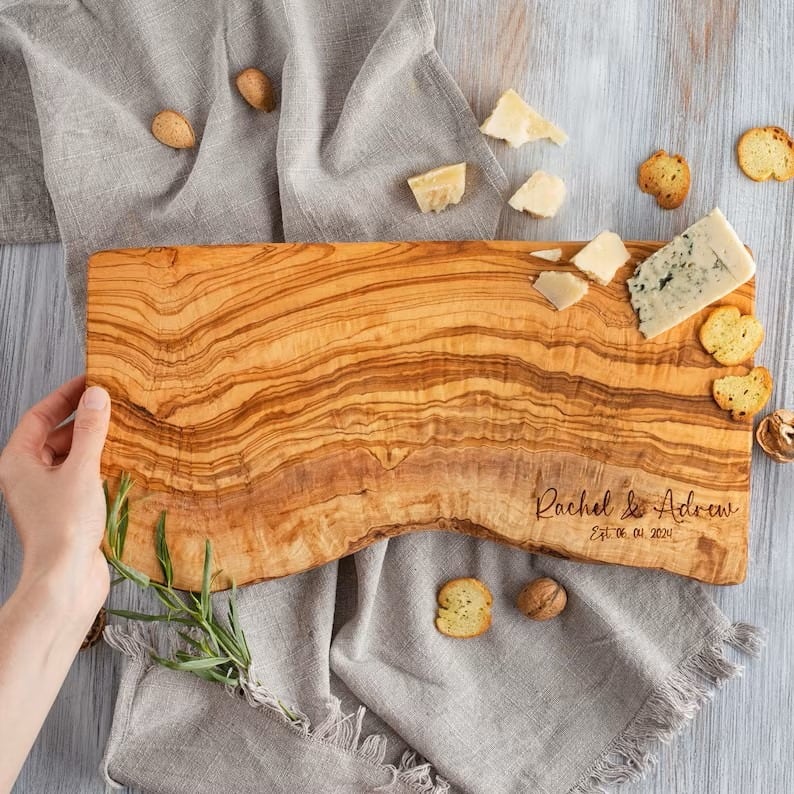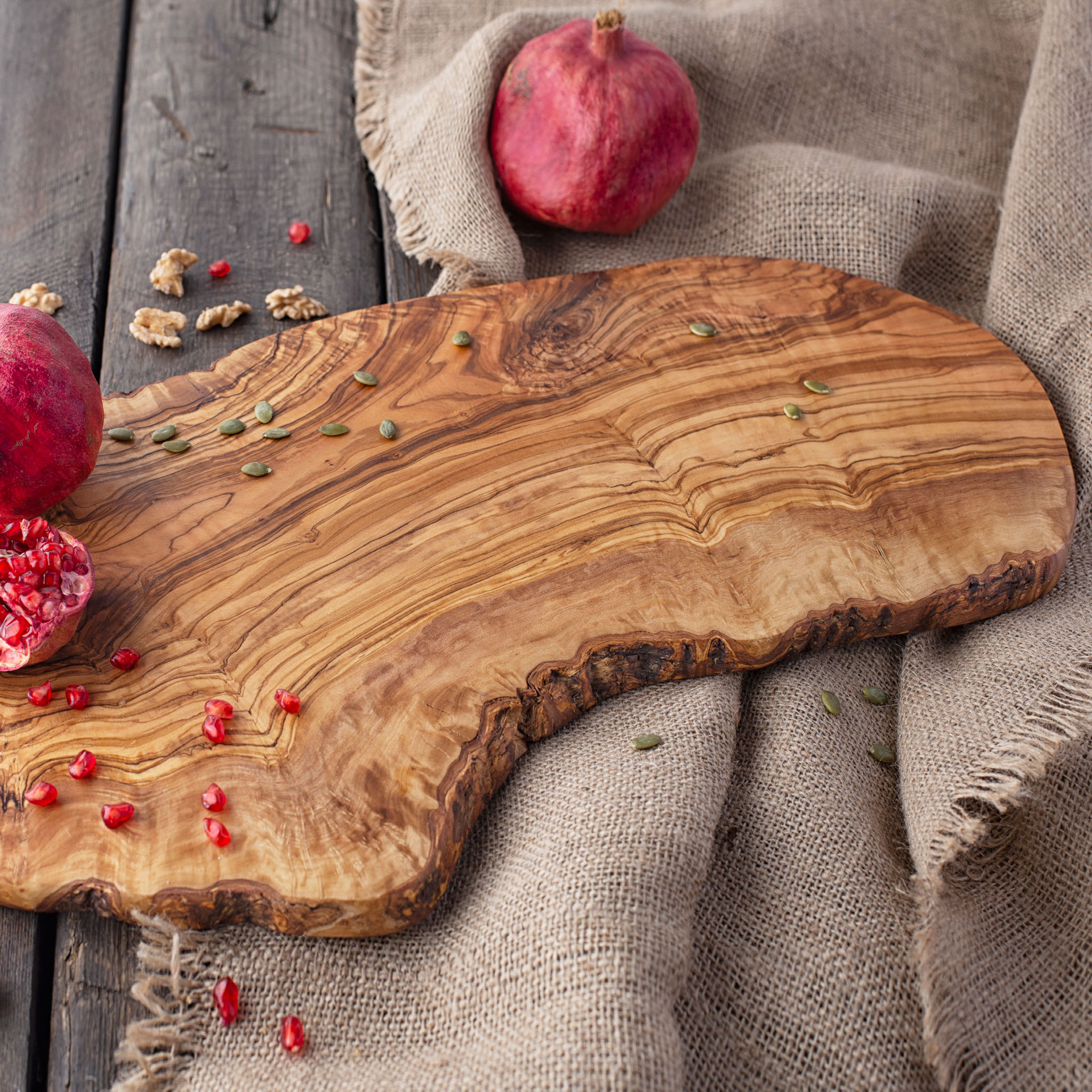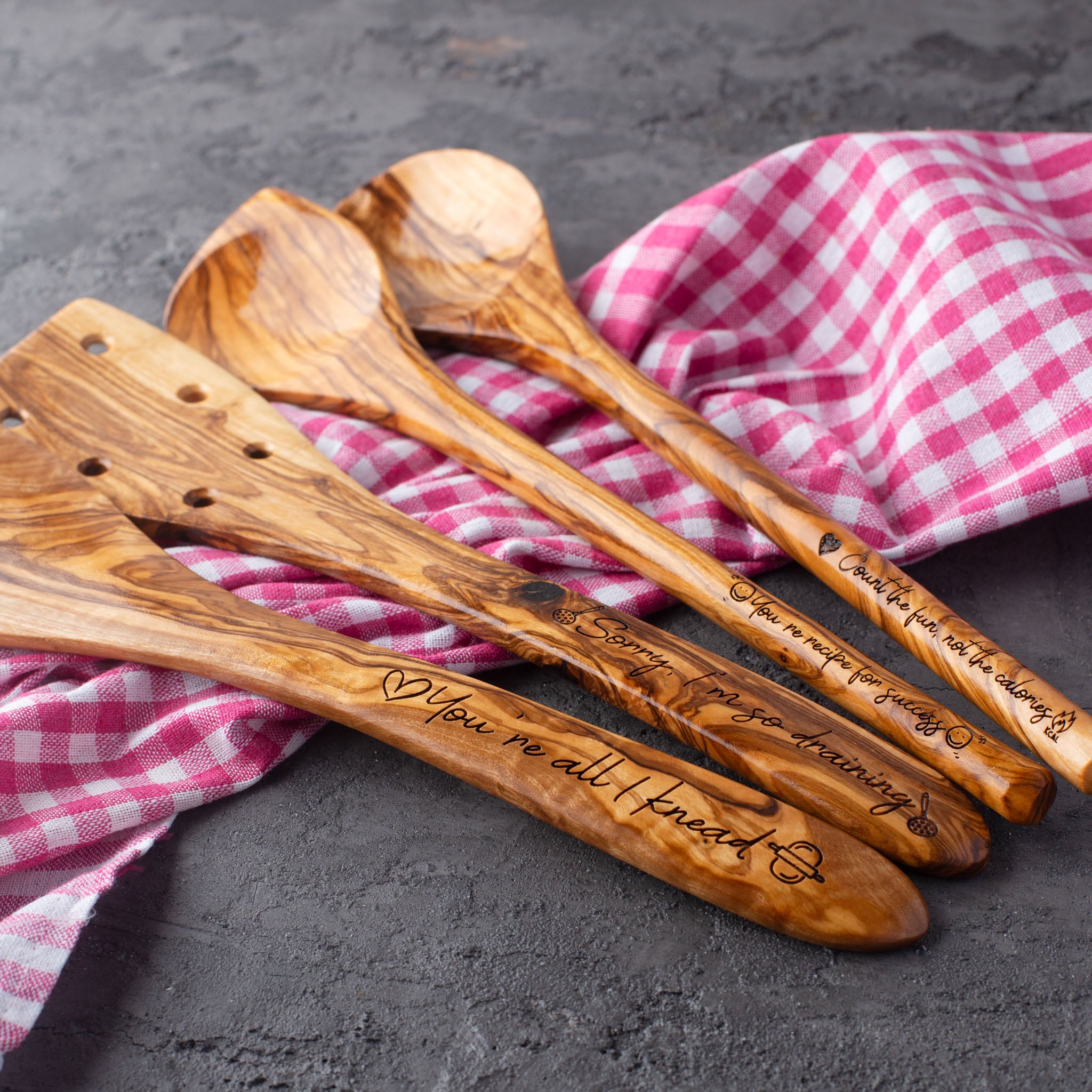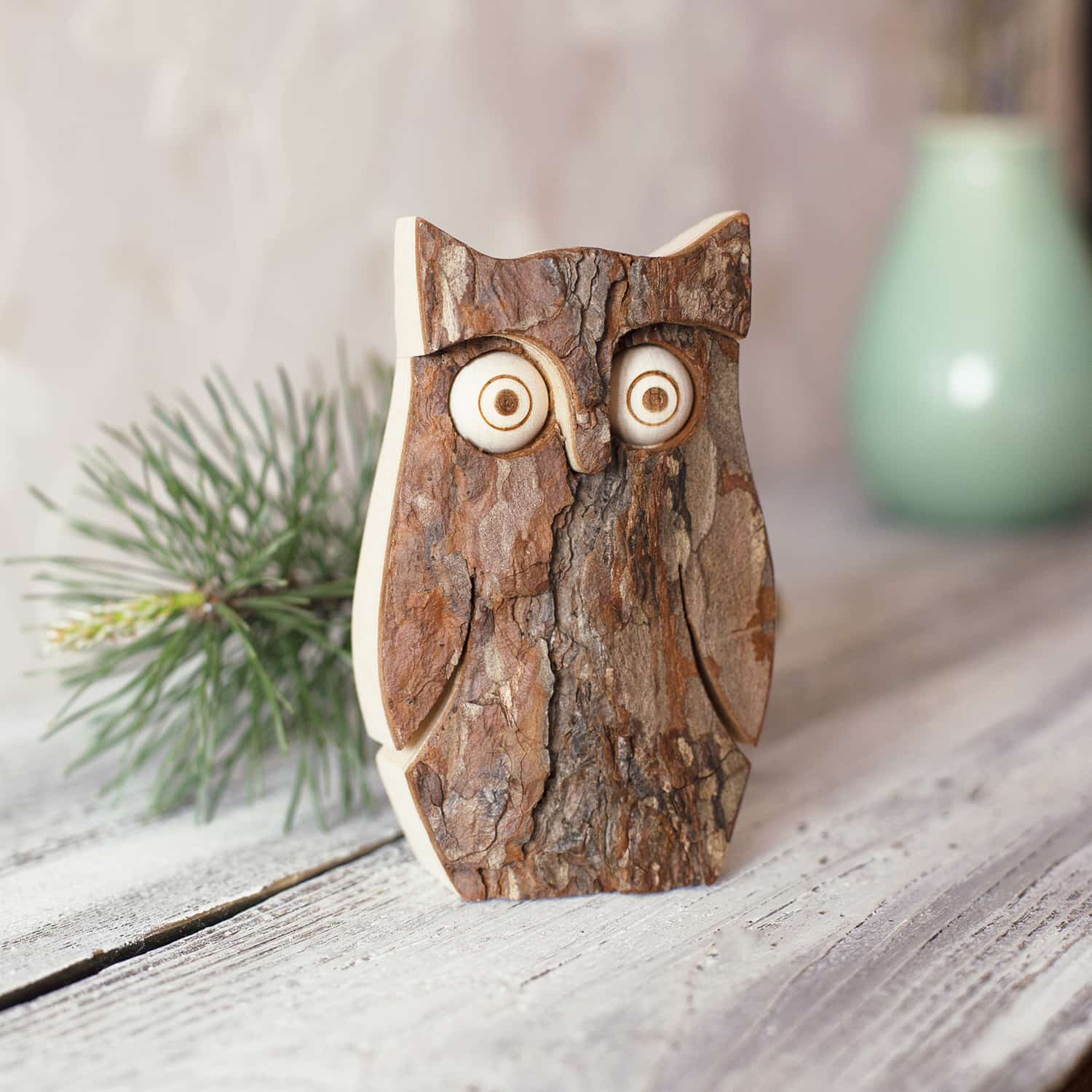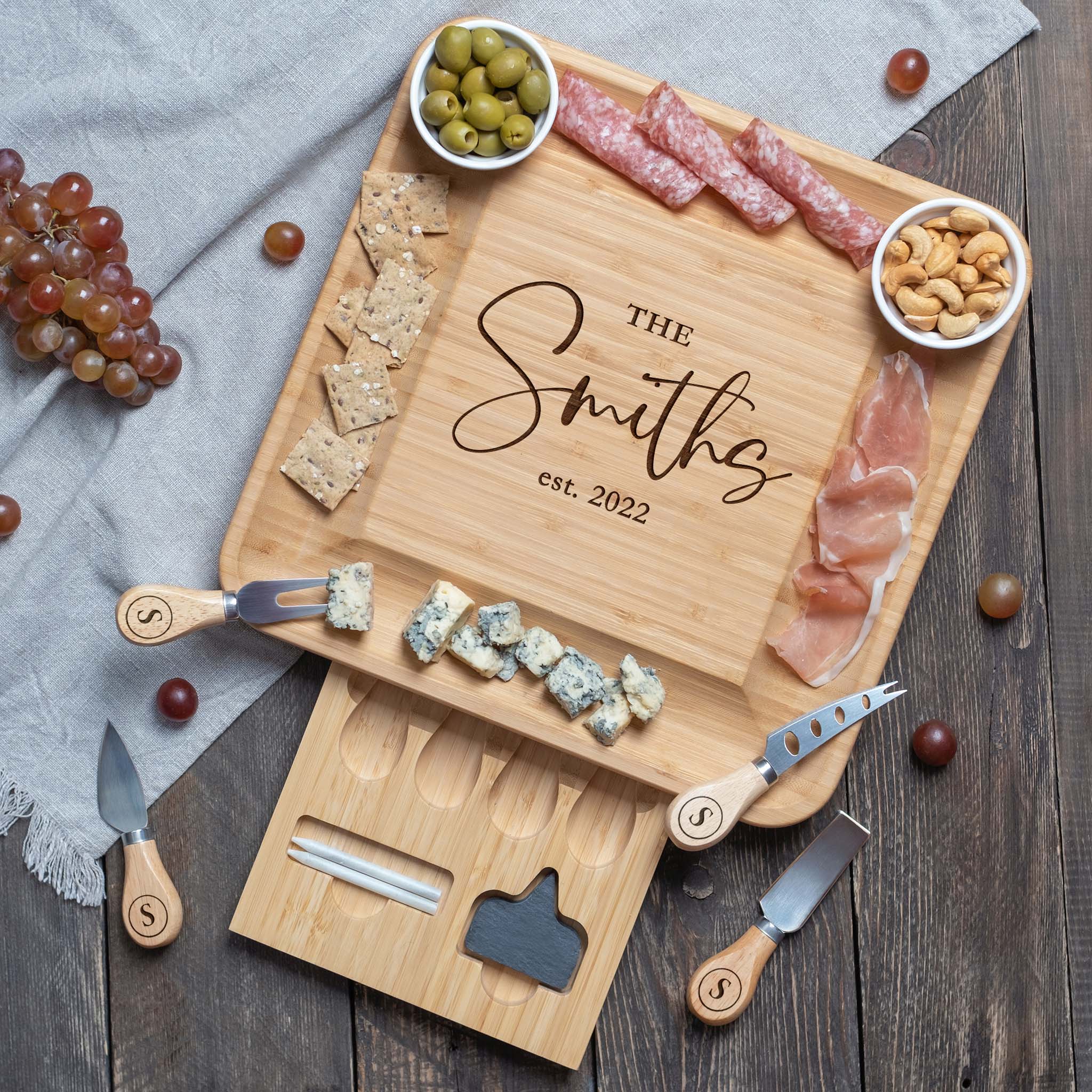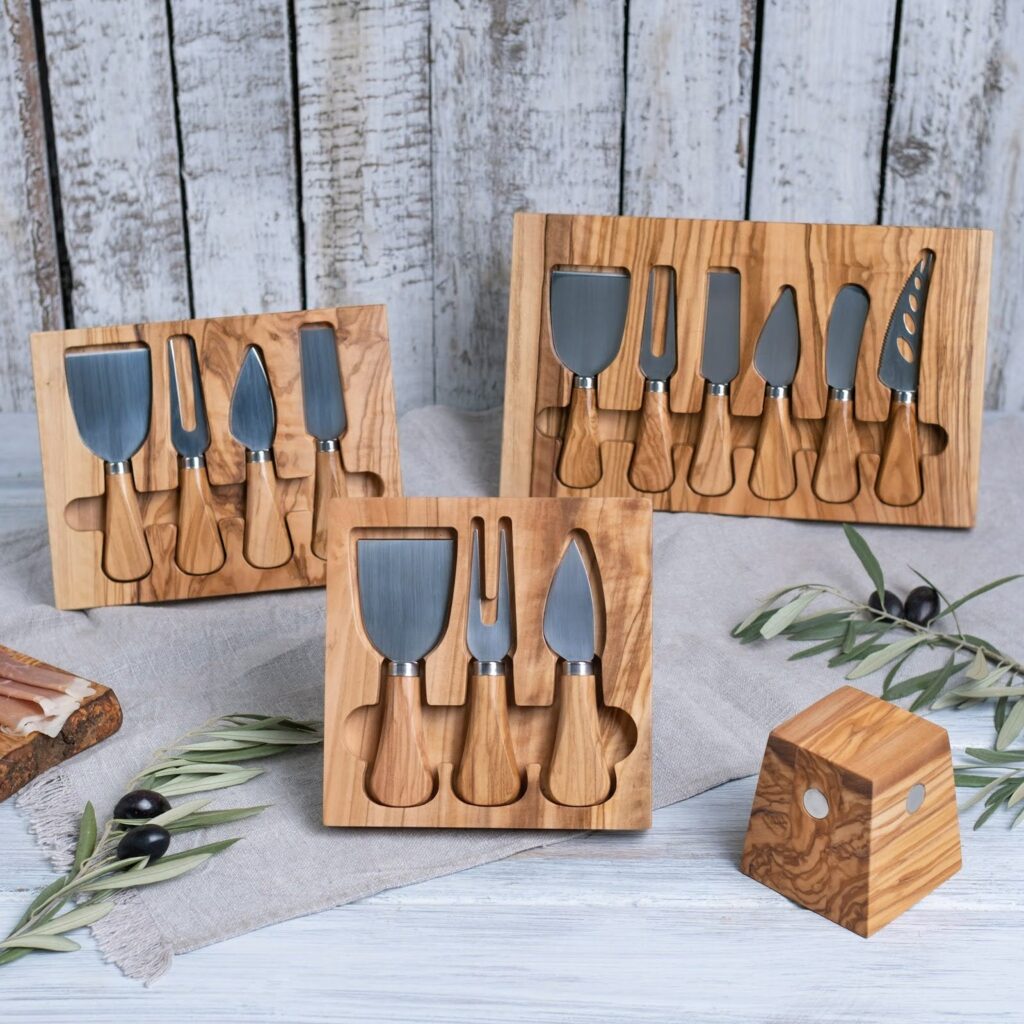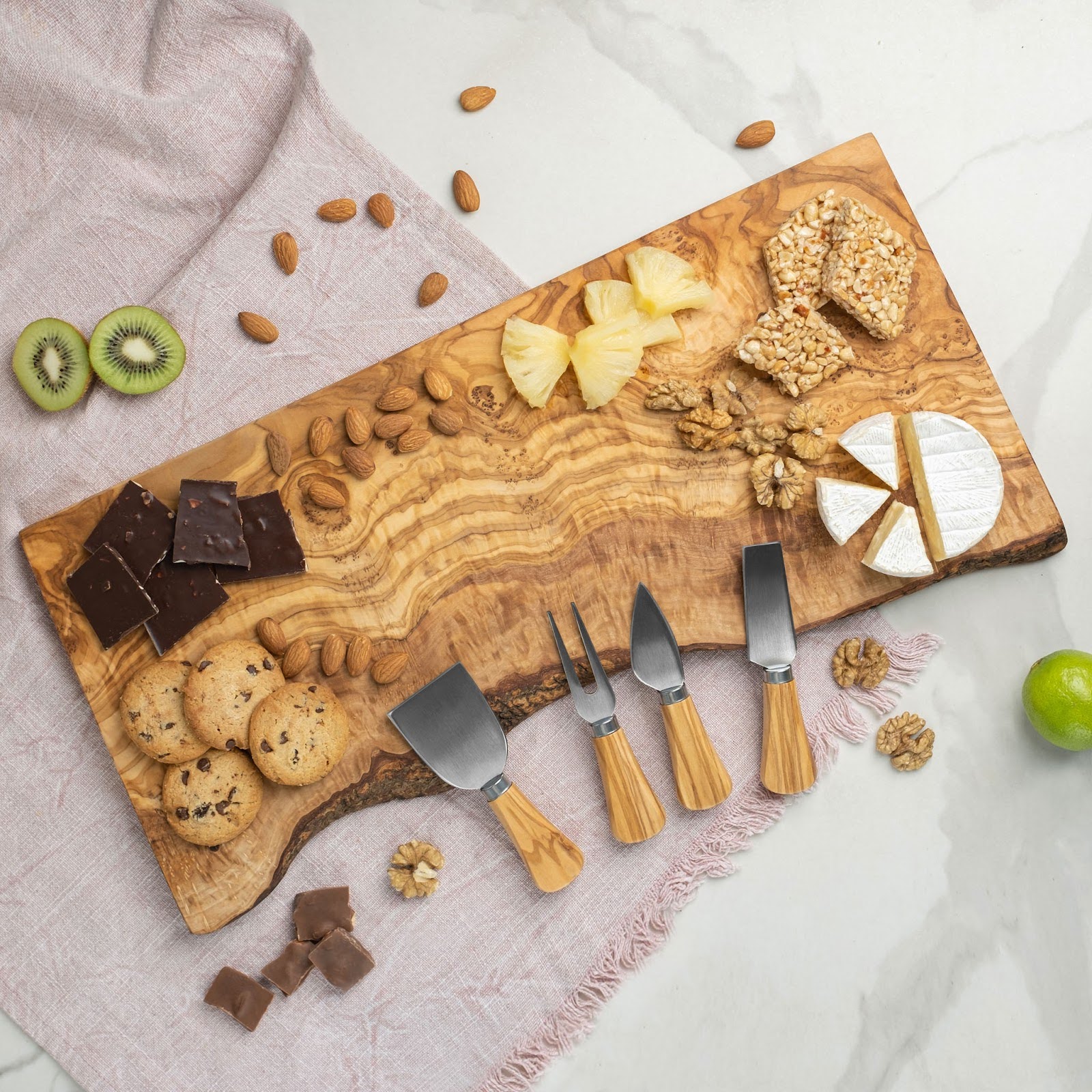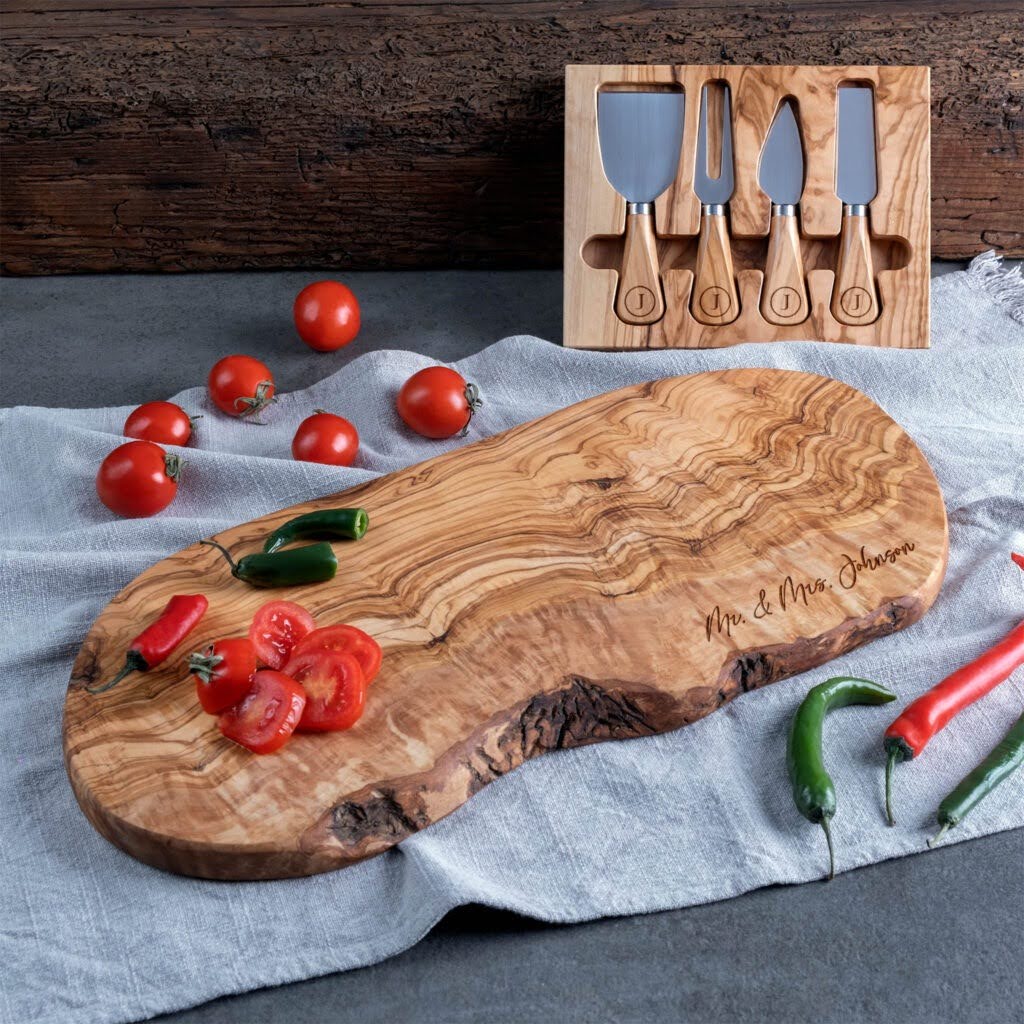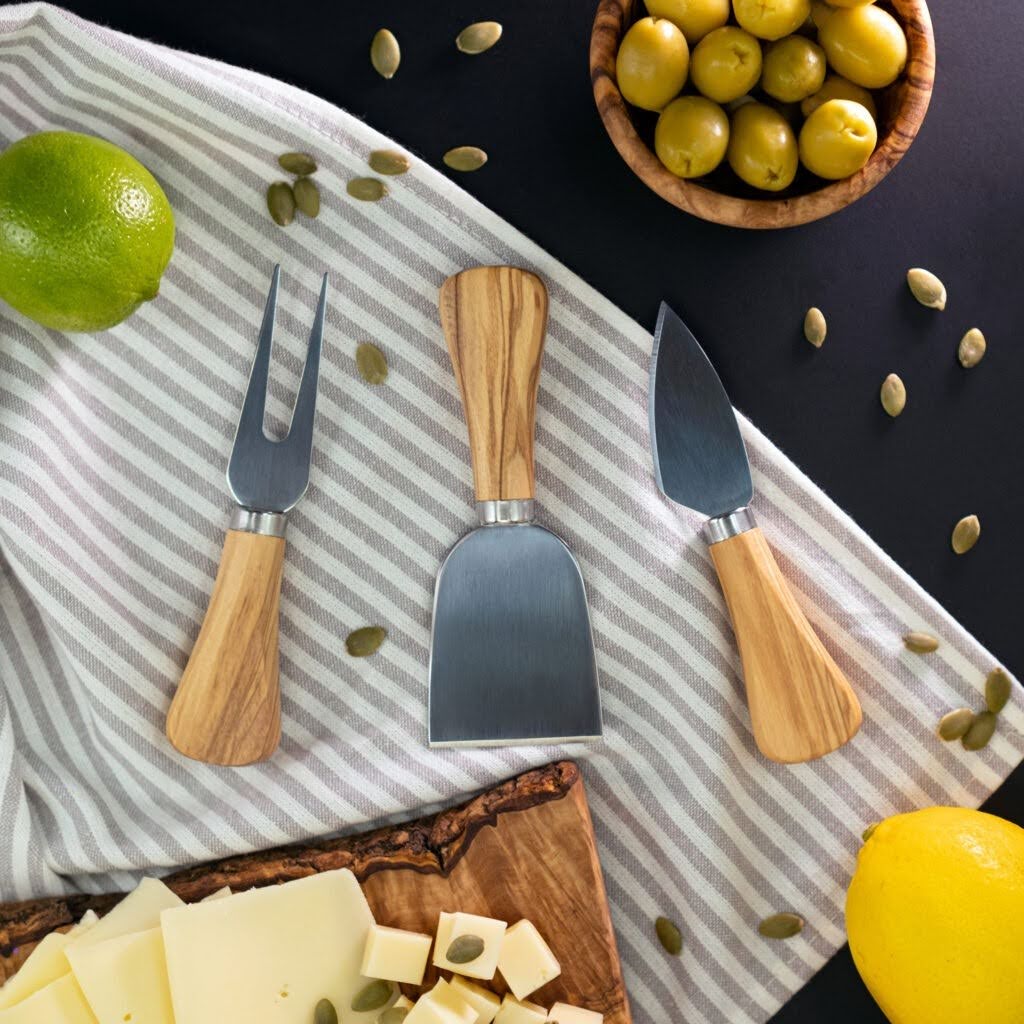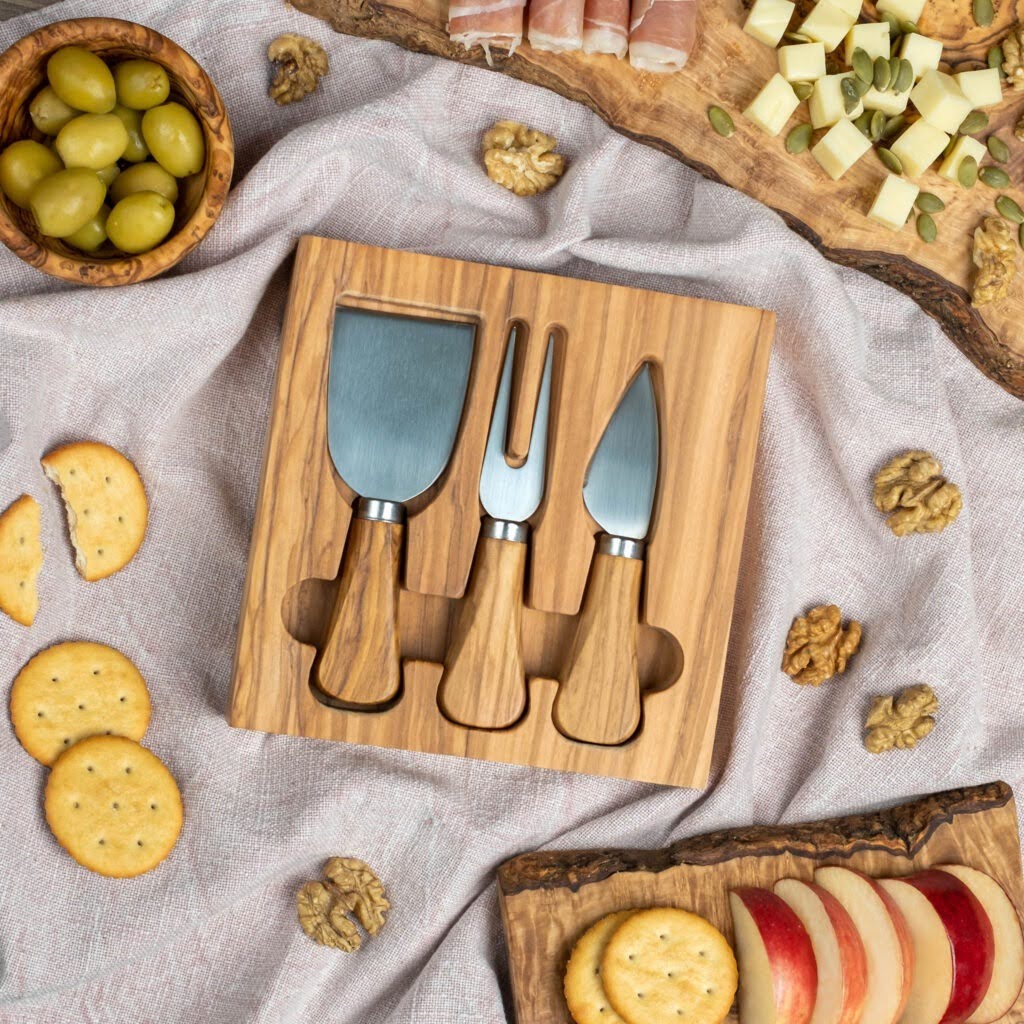Home Decor Ideas
Cheese Knife Set 101: The Essential Guide for Every Cheese Lover
Cheese is a delicious and unforgettable dairy delight that should be served and enjoyed properly. To maintain the delicacy of cheese, you may need the right tools to cut and serve it. These tools are known as cheese knives, designed to cut any cheese, from the softest brie to the Roquefort.
In this article, we will explore the following pain points about Cheese Knife Sets, to help you understand why they are essential like other kitchen utensils:
- Why do cheese knives matter?
- Difference between cheese knives and other kitchen knife sets
- Why do people prefer to have cheese knives?
- Benefits of using the best cheese knife set
- Types of cheese knives
- Tips to choose the right set for your kitchen
- How to Use the Set For Your Kitchen?
- And last, how do you care for your cheese knives?
Let’s find out.
Why Do Cheese Knives Matter?
Have you ever tried to cut the delicate brie with a butter knife? If you ever have, then you may know how messy it can be. You will not be able to get the slices of cheese, as the cheese will get torn or smashed because of a blunt butter knife.
However, if you use the best cheese knives to cut cheese slices, you will get clean and even slices as they have unique shapes and different functionalities. They are the best knives to cut and serve cheese without messing it up.
Difference Between Cheese Knives And Other Kitchen Knife Sets
| Basis | Kitchen Knife Set | Cheese Knife Set |
|---|---|---|
| Purpose | Vegetables, fruit, and Meat Cutting | Specifically designed for cutting and serving cheese |
| Knife Types | 3 to 18 pieces | 3 to 6 |
| Blade Shape and Size | Varies for different cutting needs | Shorter and wider blades |
| Functionality | You Can Use Them For Multiple purposes | Primarily focused on cheese-related tasks |
| Design Features | Not suitable For Cheese Slicing | Feature non-stick coatings, perforated blades, or unique blade shapes |
Why Do People Prefer To Have Cheese Knives?
Cheese lovers fall for the set of Olive wood cheese knives for a reason. These specialized utensils go beyond aesthetics, playing a crucial role in maximizing cheese enjoyment. The key lies in their design. A soft cheese knife’s wide, flat blade glides effortlessly through creamy brie, preventing tearing and preserving its luxurious texture.
Conversely, a hard cheese knife, with its sturdy pointed tip, tackles the likes of parmesan with ease, delivering clean slices that won’t crumble. Cheese knives are like specialized tools for different terrains – they navigate the unique challenges of each cheese, ensuring you savor it in its best form, from texture to flavor. Ultimately, cheese knives are an investment in appreciating the full potential of this delicious dairy delight.
Benefits Of Using Cheese Knife Sets
Using a cheese knife set offers several benefits:
Clean Cuts
Different cheeses call for different blades. A cheese knife set equips you with the proper tools to tackle any cheese, from the softest Brie to the hardest Parmesan, ensuring clean cuts that preserve the cheese’s texture and prevent crumbling.
Enhanced Flavor
Crumbling cheese with the wrong utensil can alter its taste. Cheese knives are designed to minimize the compression of the cheese, allowing you to experience its full flavor profile.
Minimized Sticking
Soft cheeses tend to stick to regular knives. Cheese knife sets often include a soft cheese knife with a wide, flat blade that glides through creamy cheeses, preventing them from clinging to the metal.
Preserved Texture
The right cheese knife allows you to cut cheese without tearing or smashing it. This is especially important for delicate cheeses like Brie and Camembert, where the texture plays a big role in the overall enjoyment.
Reduced Waste
Proper cheese knives minimize crumbling, which means less cheese wasted. This is not only good for your wallet but also reduces food waste.
Elevated Presentation
A cheese board with a variety of cheeses looks more inviting when accompanied by a cheese knife set. The different blade styles add a touch of sophistication and elegance to your cheese presentation.
Multifunctionality
Some cheese knives can serve multiple purposes. For instance, a cheese fork can also be used to spear olives or other accompaniments on a cheese board.
Durability
Cheese knives are usually made from high-quality stainless steel that is built to last. With proper care, a cheese knife set can be a long-lasting investment in your cheese enjoyment.
Ease of Use
Cheese knives are designed for comfort and ease of use. The handles are typically ergonomically designed to provide a good grip, making it effortless to cut through the cheese.
Gift-worthy
A cheese knife set makes a thoughtful and appreciated gift for any cheese lover. It’s a practical and stylish present that shows you care about their cheese enjoyment.
Types Of Cheese Knives In A Set
For every cheese lover, a cheese knife set is an essential companion. But with so many blade shapes and sizes, it can be confusing to know which knife tackles what. Here’s a breakdown of the most common cheese knife types, ensuring you’re equipped to conquer any cheese board challenge:
Chisel Knife
(aka Parmesan Knife)
This knife boasts a short, sturdy blade with a pointed tip. Imagine a mini meat cleaver. Chisel knife’s strength lies in its ability to break off chunks from hard and aged cheeses like Parmesan, Pecorino Romano, or aged cheddar. The pointed tip can also pierce the tough rinds of these cheeses. While it crushes chunks, it’s not ideal for thin slices.
Cheese Fork
The cheese Fork isn’t technically a knife, but a valuable partner. It has long tines that are perfect for spearing and serving soft, crumbly, or aged cheeses like feta, blue cheese, or stilton. They also help prevent your fingers from getting gooey with soft cheeses. Moreover, the tines can also be used to break off small pieces from crumbly cheeses.
Plain Knife
(aka Soft Cheese Knife)
The soft cheese knife features a wide, flat blade that’s neither too sharp nor too dull. Its design allows it to glide effortlessly through soft cheeses like Brie, Camembert, or goat cheese, minimizing tearing and preserving the luxurious, creamy texture. The plain knife wouldn’t be effective on hard cheeses as it lacks the strength to cut through them cleanly.
Parm Knife
(aka Cheese Plane)
This knife features a long, thin blade with a flat edge, sometimes angled slightly upwards. The parm knife excels at creating thin, even slices from semi-hard and hard cheeses like Gruyere, Emmental, or Gouda. It’s not suitable for crumbly cheeses as the thin blade can easily get caught in the cracks.
Cheese Spreader
The cheese spreader has a small, blunt blade, often heart-shaped or rounded. It’s perfect for spreading soft, creamy cheeses like goat cheese, ricotta, or mascarpone on crackers or bread. Remember, it is a spreader knife, it wouldn’t be effective for cutting any type of cheese due to its bluntness.
Pronged Knife
This knife has a short blade with several small prongs on the end. The prongs can pierce and break off pieces from soft and semi-soft cheeses like Brie, blue cheese, or mozzarella. They can also be used to crumble blue cheese without smashing it. In a pinch, the prongs can be used to tear off small pieces from soft cheeses.
Tips to Choose The Right Set For Your Kitchen
Equipping your kitchen with the perfect cheese knife set is like selecting the right tools for the job. Here’s a breakdown of key factors to consider when making your choice:
Number of knives
Beginners: If you are a beginner, start with a basic 3-piece set. This typically includes:
- A soft cheese knife
- A hard cheese knife
- A spreading knife
Enthusiasts: If you delve deeper into the cheese world, consider a 6-piece set. This adds:
- Chisel Knife
- Cheese Fork
- Plain Knife
- Parm Knife
- Cheese Spreader
- Pronged Knife
Blade Types:
Each cheese type has its ideal blade partner:
- For soft cheeses, wide, flat blades with minimal surface area to prevent sticking are suitable.
- Choose pointed tips and sturdy blades to conquer the crumbly textures of hard cheeses.
- Pick short, perforated blades to crumble the blue cheese without smushing.
- For spreading cheeses, you can choose small, blunt blades to make spreading smooth and effortless.
Material and Durability:
Knife materials also play a vital role in maintaining a knife’s life span. Let’s find out.
Stainless Steel: Affordable, durable, and easy to maintain. However, it might not hold an edge as well as some other materials.
Forged Steel: Exceptionally sharp and holds an edge longer. Requires more care (handwashing) and can be pricier.
Carbon Steel: Similar to forged steel in sharpness and edge retention, but more prone to rust and requires even more maintenance.
- Knife materials also play a vital role in maintaining a knife’s life span. Let’s find out.
- Stainless Steel: Affordable, durable, and easy to maintain. However, it might not hold an edge as well as some other materials.
- Forged Steel: Exceptionally sharp and holds an edge longer. Requires more care (handwashing) and can be pricier.
- Carbon Steel: Similar to forged steel in sharpness and edge retention, but more prone to rust and requires even more maintenance.
Comfort is key! Consider the following:
Material: You can choose, olive wood (classic and comfortable), stainless steel (sleek and modern), or plastic (lightweight and budget-friendly).
Shape: Choose a handle that fits your grip comfortably, allowing for controlled cutting.
Balance: A well-balanced knife feels natural in your hand and reduces fatigue during use.
Easy Maintenance:
Most cheese knives are best washed by hand with warm soapy water. Dishwashers can dull the blades. You can opt for materials that are easy to clean and rust-resistant.
Storage and Presentation:
Knife Block can provide a safe and organized storage solution, keeping the blades protected and readily accessible.
Magnetic Strip is a space-saving option for displaying your knives while keeping them within reach.
Choose a storage solution that complements your kitchen style.
Pre-built Sets vs. Creating Your Own
Pre-built Sets: These sets are convenient and readily available. Often include a variety of knives at a reasonable price point. You can check out our cheese knife sets to order a suitable one.
Creating Your Own: You can create your own knife set, as it can allow for customization based on your specific cheese preferences. You can choose the exact knives you need and may find higher-quality options individually. Requires more research and effort to put together.
How to use The set For Your Kitchen?
Follow these steps to enjoy a perfectly sliced and presentable cheese:
- Choose a suitable knife according to the type of cheese you want to serve.
- Make sure that the cheese is chilled and ready to cut.
- You can use the Stainless Steel Cheese Knives Set that are sharp enough to slice through the cheese in a smooth and steady motion. If you are cutting a semi-hard or hard cheese, use gentle pressure while cutting cheese slices.
- Ensure that you use suitable tools for serving cheese, like using a prong knife to cut the cheese into pieces or a spreader to spread cheese.
How Do Care for Your Cheese Knives?
Just like any good friend, your cheese knives deserve proper care to ensure they stay sharp, hygienic, and ready to conquer any cheese challenge. Here’s how to keep your cheese knife set in tip-top shape:
Washing
Don’t use the Dishwasher: The high heat and harsh detergents of dishwashers can dull the blades and damage the handles (especially wooden ones). Always hand-wash your cheese knives with warm, soapy water.
Gently Scrub the knives: Use a soft sponge or dishcloth to avoid scratching the blades. Pay particular attention to areas where cheese might be stuck.
Drying
Don’t leave your cheese knives wet in the sink. Water can dull the blades and promote rust. Wash them thoroughly and dry them immediately with a clean dish towel.
Storage:
Store your cheese knives in a way that protects the blades and keeps them readily accessible. Popular options include knife blocks, magnetic strips mounted on a wall, or a dedicated drawer with dividers to prevent the knives from banging against each other.
Sharpening:
Over time, even the best cheese knives will lose their edge. If you find yourself struggling to cut through cheese cleanly, it’s time for sharpening. You can invest in a honing rod for regular maintenance or take your knives to a professional sharpener for a more thorough sharpening.
Shop For A Cheese Knife Set At Forest Decor
Cheese deserves to be savored, from its texture to its flavor. By equipping yourself with the right cheese knives, you can unlock a world of cheese enjoyment.
This guide has equipped you with the knowledge to choose the perfect cheese knife set for your needs. Whether you’re a cheese aficionado or just starting your cheese journey, a well-chosen set will elevate your cheese boards and transform the way you experience cheese.
Ready to take the ride of a delicious cheese adventure? Explore our selection of cheese knife sets at Forest Decor. We offer a variety of options to suit every cheese lover’s preference, ensuring you find the perfect tools to unlock the full potential of your favorite cheeses.
Visit Forest Decor today and discover the cheese knife set that will take your cheese enjoyment to the next level!
